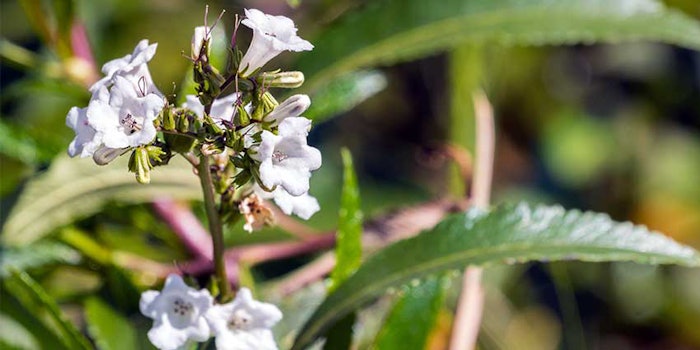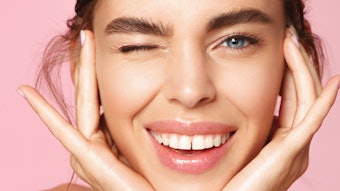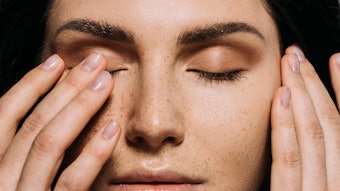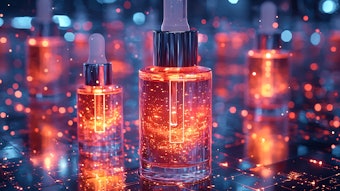
Mibelle Biochemistry has launched SantEnergy (INCI: Eriodictyon Californicum Extract (and) Propylene Glycol (and) Alcohol (and) Water (Aqua)), which is based on the polyphenol-rich extract, Eriodictyon californicum, also known as yerba santa. Th ingredient offers antioxidant, anti-inflammatory, antibacterial and neuroprotective effects, which can energize hair follicles and promote hair growth.
Featured: Hair Loss, Uprooted: Follicle Protection with Yerba Santa
Reactive oxygen species (ROS) have been known to contribute to premature aging through the oxidation of cellular molecules such as DNA, fatty acids and proteins. This leads to DNA damage and impairs the function of cellular proteins, which eventually reduces cell viability and survival. In hair follicles, this causes a shortening of the anagen growth phase and ultimately leads to hair loss.
According to the company, cell-based studies showed the antioxidant activity of SantEnergy both at the cell membrane and inside the cell, comparable to pure quercetin.
Additionally, the active has an energizing effect, which is mediated by the ADORA2A receptor targeted by caffeine. This stimulating effect was observed upon treatment of C. elegans nematodes with the ingredient, which led to an increase in the worms’ mobility compared to a caffeine treatment.
In isolated human hair follicles, treatment with SantEnergy prevented oxidative DNA-damage while increasing the expression of Nrf2, the master regulator of the cellular antioxidant response. This delayed the entry of hair follicles into the late catagen phase, which is generally associated with hair aging and hair loss.
These effects were reportedly confirmed in a double-blind, placebo-controlled clinical study involving 56 female and male volunteers aged 18-68 who have experienced hair loss.
The active increased the number of anagen hair in these subjects by 31.8% while decreasing the number of telogen hair by 20%. This led to an increase of the anagen/telogen ratio and an overall increase of the hair density by 13.1%.
For more information, contact Mibelle Biochemistry.









